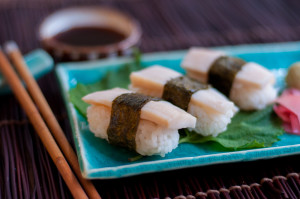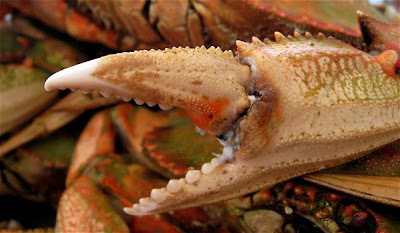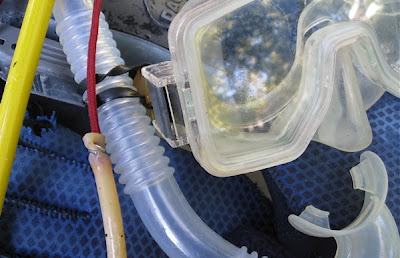 Happy new year, everyone. As you can see, FOTL has taken a vacation since early November. But that doesn’t mean we haven’t been out there, reveling in the wild bounty.
Happy new year, everyone. As you can see, FOTL has taken a vacation since early November. But that doesn’t mean we haven’t been out there, reveling in the wild bounty.
As in past years when the days turn dark and rainy, I made tracks for the promised land. This time, unlike previous trips in recent memory, the promise was fulfilled: what an extraordinary winter fungi harvest in California. Just add water! as they say. The beleaguered mushroom hunters of the Golden State, pummeled by drought, are seeing the sort of season mostly remembered by old-timers, and all it took was a well-timed spot or two of precip.
I suppose this is the new normal in our era of climate weirding.
I was fortunate enough to join fungus seekers in the Woodlands of Mendocino, a quiet camp among the redwoods about 10 miles inland from the Pacific, where members of the Mycological Society of San Francisco and other local mushroom clubs hold an annual weekend-long foray. And the timing couldn’t have been better. The mushrooms were (and are) popping with abandon. Even now, a couple months after my trip, friends continue to text me photos of enormous matsutake hauls. Porcini started fruiting on the coast as early as September, and black trumpets are having a banner season (not to mention the beautiful specimen of western grisette, Amanita pachycolea, pictured at left). I guess the mushrooms figured they better sporulate while the opportunity presented itself. Collectors in camp brought back queen boletes, oysters, hedgehogs, golden chanterelles, even candycaps, another early pop.
But this post is about snails. After the Woodlands Foray, I joined my friends Curt and Carol on the coast for a night of eating from the sea. Earlier that day they had donned wetsuits to wrangle up some abalone and lingcod. This was my first time really getting serious with abalone. After pounding the meat, Carol sliced it thinly and served a first course of sashimi. The second course was an amazing ceviche. For the third course, strips of abalone were sautéed in a creamy sauce with capers and lemon. The final dish was lingcod broiled with tomatoes and garlic.
As a parting gift, they gave me a coveted chunk of ab. Into my mushroom bucket it went, covered in ice for the 14-hour drive back to Seattle. Once home, I prepared a simple sushi dinner. This is a taste that isn’t exactly easy to come by, especially outside Northern California, and I wanted to let it stand on its own. Abalone are carefully regulated by California’s department of fish and wildlife, with good reason; they’re easily overfished, and poachers continue to be a problem. The flavor is mild, slightly sweet, with a butteriness that’s unusual in shellfish. Served raw as sushi or sashimi is a perfect way to allow the subtle taste to fully express itself.
One of these days I’ll have to slip into the chilly waters of the North Coast myself and pry an ab from the rocks. Eat a few slices of abalone and you’ll understand why divers take their chances in waters patrolled by the great white shark.













